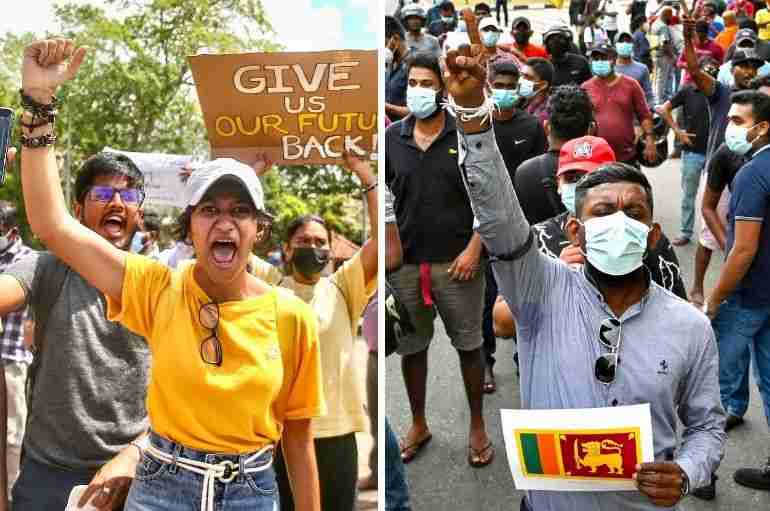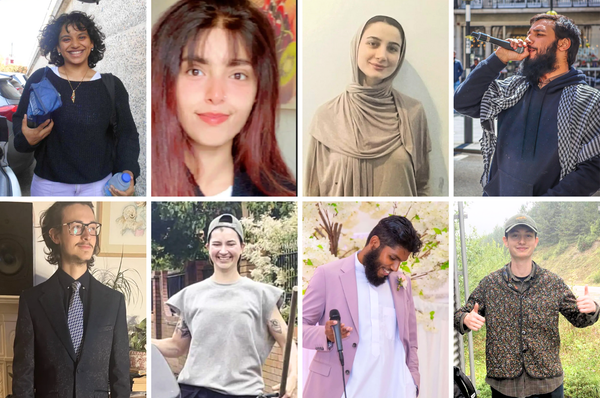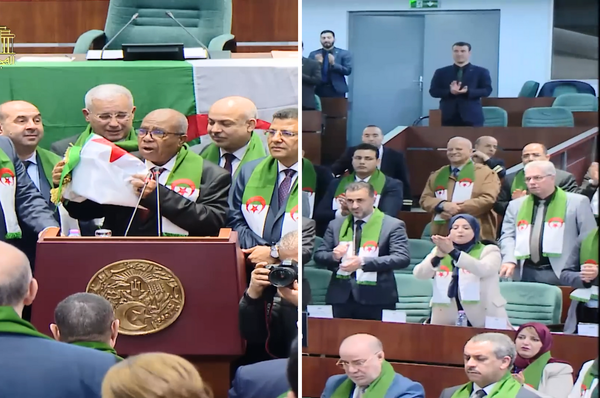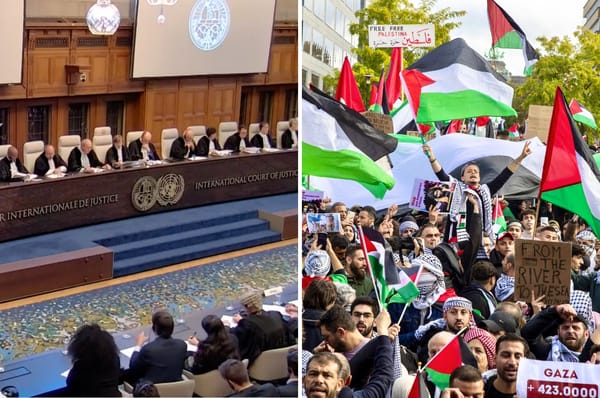What’s Going On In Sri Lanka? A Timeline
People in Sri Lanka have been taking to the streets in every part of the country since late March in huge anti-government protests against the president’s handling of the worst economic crisis that the country has faced since independence in 1948. But Sri Lanka’s economic crisis has been years in th

People in Sri Lanka have been taking to the streets in every part of the country since late March in huge anti-government protests against the president’s handling of the worst economic crisis that the country has faced since independence in 1948. But Sri Lanka’s economic crisis has been years in the making.
Here’s how the events over the past decade have lead to the current situation.
Nov. 2005
Mahinda Rajapaksa is elected as the president of Sri Lanka.
Jan. 2015
During Rajapaksa’s decade-long rule, the government accumulates foreign debt from public projects.
Mar. 2019
The Easter Bombings terrorist attack devastates tourism industry.
Nov. 2019
Mahinda Rajapaksa’s younger brother Gotabaya Rajapaksa is elected as the new president of Sri Lanka. To repay debts, Gotabaya Rajapaksa cuts taxes and prints money. The government also dips into foreign currency reserves to repay debts.
Mar. 2020
The World Health Organization declares COVID-19 pandemic.
Apr. 2021
The Sri Lankan government bans chemical fertilizers in a move towards organic farming, causing a drop in tea and rice production that caused to economic losses.
Nov. 2021
The government reverses its fertilizer ban, but the damage is done.
Mar. 2022
Foreign currency reserves run low and the government can’t pay for imported goods such as food and fuel.
The government then announces 13-hour daily power cuts to conserve electricity.
Mar. 31, 2022
Protests break out over shortages of basic necessities and power outages.
Apr. 2, 2022
Gotabaya Rajapaksa declares a state of emergency and imposes a curfew.
Apr. 3, 2022
Protesters defied the curfew, and hundreds are arrested. The government also imposed a social media ban.
Apr. 4, 2022
The majority of Gotabaya Rajapaksa’s cabinet and Sri Lanka’s central bank governor resign.
Apr. 5, 2022
Gotabaya Rajapaksa invites the opposition party to form a unity government but is rejected.
Apr. 6, 2022
Gotabaya Rajapaksa revokes state of emergency but refuses to resign.
Apr. 7, 2022
The government appoints new central bank governor.





